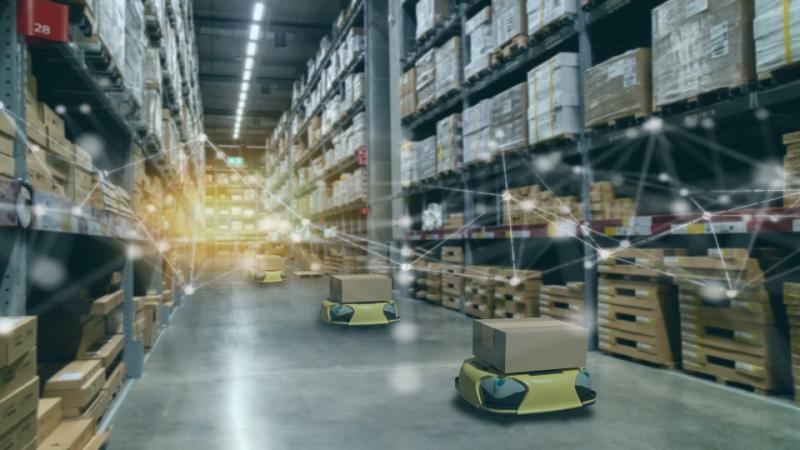Lowe’s Busts Through Data Silos With Digital Twin Traffic-Tracking Avatars
While digital twin technology has been implemented in the retail industry for years, many CPG and retail brands are just now beginning to understand the true potential, unlocking their transformative ability to leverage data in new ways.
Lowe’s is just one company that has begun to utilize the digital capability, partnering with NVIDIA earlier this year to fuse spatial data with Lowe’s other data like product location and historical orders to form a complete digital picture.
Mason Sheffield, senior director of creative technology Lowe’s Innovation Labs, defines digital twins as a digital representation of a physical place or system. “It’s usually tied to live data sources,” he said during a panel at the National Retail Federation (NRF) trade show in New York on Sunday. “This makes it a very powerful platform to do simulations and process optimization in ways not possible before.”
Expediting Research and Results
Previously, brands had to spend weeks or months planning and then gathering results for various market and shopper research projects. Now with digital twins, however, Sheffield said you can run thousands of simulations, overnight, across all stores. “That’s what you can start to unlock with a digital twin — you have the level of fidelity to make those insights impactful.”
Additionally, Sheffield noted that previously elements were trapped in silos, but by leveraging this technology, they can now bring seven or eight digital, spatial databases into one space. “Now we can move through the data of our stores in one combined entity.”
While the tech has many use cases, Lowe’s has been working with avatars to understand how consumers travel throughout the store (and at what time of day). What are their attachment products? What type of cart are they building? How might this change how product locations might shift?
According to Sasha Pailet Koff, SVP of global operations and digital supply chain data, analytics, and automation at Dell Technologies, digital twin technology is especially powerful from a supply chain perspective.
“We can start to see how we are distributing products so it’s the right time and place for the customer or consumers,” she said during the session, adding that real-time, live information around product availability can really shed light on operations, particularly as customer preferences continue to shift.
“It’s about really being able to understand, in real-time, how supply is meeting demand and performing. By ingesting and understanding digital events, we can understand how it might impact our customers,” added Pailet Koff.
Additionally, the technology is setting a different tone among brands. Once thought of as competitors, retailers and CPGs are sharing this broadening of information across partners so everyone is in a better position to better serve customers, said Pailet Koff.
Testing and Learning
Another benefit is being able to see how the user experience of a product functions before acquiring it, said Anand Muralidaran, global business development head for retail and CPG at NVIDIA.
“Try before you buy is a very prevalent concept in most industries,” said Muralidaran. “See how the UX is — what does the journey look like? Until now, it has not been possible to see this in the virtual world.”
As far as implementation goes, Pailet Koff said companies must ask themselves what are the key problems they are trying to solve, and what data is needed? “Edge computing is about being able to answer those specific questions. It’s a real mindset shift and making sure we are building the right infrastructure and capability.”
This article first appeared on the site of sister publication CGT.
- Interested in seeing other applications for digital twins? Learn what other companies are doing:
- How Is Unilever Readying for Industry 4.0? With 2 New Lighthouse Awards
- Building the Supply Chain of the Future: 5 Consumer Goods Companies Investing in Innovative Approaches
- Operational Investments: 5 CPGs Predicting the Future With Digital Twins
- Mars Scaling Digital Twins Across the Globe
- Kraft Heinz’s Latest Tech Investments Tackle Control Tower and Digital Twins






